
10 Types of SEO: How to Rank Higher Using Search Engine Optimization?
Mar 21, 2025 7 Min Read 5781 Views
(Last Updated)
You’re not the only one to think search engine optimization (SEO) is about inserting keywords everywhere in your content pieces and getting as many backlinks as possible. That’s what most of us start with.
There’s a lot that comes under SEO—more than just on-page and off-page tactics.
Considering how vast the competition to rank on top search engine ranking pages (SERP) has risen, this blog post is about making you aware of the 10 types of SEO techniques you should know to do well for your business’s online growth and visibility.
Table of contents
- What is SEO? Why is it Important?
- 10 Types of SEO Techniques: How to Rank Higher Using SEO?
- 1) On-Page SEO
- 2) Off-Page SEO
- 3) Technical SEO
- 4) International SEO
- 5) Local SEO
- 6) eCommerce SEO
- 7) Content SEO
- 8) Mobile SEO
- 9) White-Hat SEO
- 10) Black-Hat SEO, Grey-Hat SEO
- Final Words
- FAQs
- Can I apply all 10 types of SEO techniques to my website at once?
- How much time does it take to see results from SEO?
- Is SEO still relevant with the rise of social media marketing?
- Can I do SEO alone, or should I hire a professional?
- Are keywords still important for SEO in 2025?
What is SEO? Why is it Important?

SEO has been around since the early days of the internet. What makes it so important is that no matter how awesome your website is, if people can’t find it, it might as well not exist.
SEO makes your website more visible. The more people see your website, the more traffic you get. And the more traffic you get means more chances to turn visitors into your potential customers.
Enrolling in GUVI’s Digital Marketing course can help you become an expert in the digital world, regardless of your level of marketing expertise. Learn the ins and outs of email marketing, social media marketing, content production, SEO, and more from professionals in the field. Through practical projects and real-world case studies, acquire job-ready skills with globally recognized certifications.
Instead, if you want to explore Marketing Research Techniques through a Self-paced course, try GUVI’s Marketing Research Techniques certification course.
10 Types of SEO Techniques: How to Rank Higher Using SEO?
Beyond on-page and off-page SEO, several other SEO techniques can help boost your website. These 10 types of SEO techniques can get your website rank better on search engines.
Each has its unique focus, from ensuring your website runs smoothly (thanks to technical SEO) to being more visible to a regional audience (via Local SEO). By mixing and matching these SEO techniques, you tailor your approach to fit your website’s unique needs, giving it the best shot to rank higher up those search rankings.
Let’s explore these 10 types of SEO and see how they can work together to help your website reach the top.
1) On-Page SEO

On-page SEO involves optimizing individual web pages to rank higher and earn more relevant traffic in search engines.
Here’s everything that comes under on-page SEO:
- Keyword research: This is the starting point. It’s about finding the right terms that potential visitors use to search. Tools like Google’s Keyword Planner and Ahrefs are great for this. They help you understand what your audience is looking for so you can tailor your content accordingly.
- Quality content: The heart of on-page SEO is content that matches what your audience is searching for. It should be informative and valuable and directly address the search intent behind your target keywords.
- Internal linking: This involves linking to other pages on your website within your content. It helps search engines discover more of your pages and understand the structure and hierarchy of your website, which can contribute to better rankings.
- Metadata optimization: Your meta titles and descriptions influence click-through rates from the search results. They should be compelling and include your target keywords to improve visibility.
- Image optimization: Images should be optimized for faster loading times and include descriptive filenames and alt text. This improves user experience and provides search engines with more context.
- URL structuring: Simple, descriptive URLs are more accessible for search engines to understand and can improve your website’s organization. They should ideally include your target keywords and be structured logically.
2) Off-Page SEO
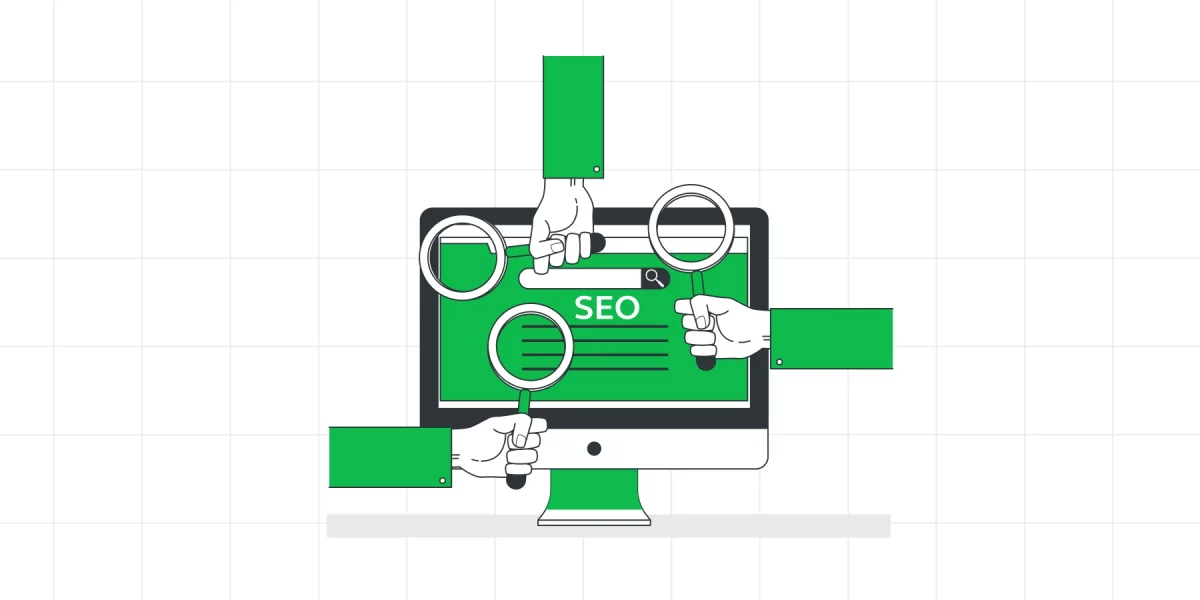
Off-page SEO involves all the actions taken outside of your own website to impact your rankings within search engine results pages (SERPs). It’s mostly about building your website’s reputation and authority.
Here’s how off-page SEO works:
- Backlinks: These are links from other websites to yours. They act like votes of confidence, signaling to search engines that others vouch for your content. Acquiring high-quality backlinks from reputable websites is key. The more authoritative the website links to you, the more positive the impact on your rankings.
- Guest blogging: Writing articles for other websites in your industry can serve dual purposes. It can provide visibility to new audiences and create opportunities for backlinks to your website, enhancing your SEO.
- HARO (help a reporter out): This platform connects journalists with sources, offering a unique way to earn authoritative backlinks. By providing valuable insights or quotes, you can get featured in articles with links to your website, boosting your SEO.
- Competitor analysis: Understanding who you’re up against and what strategies they’re employing can help refine your SEO approach. Identifying where they’re getting their backlinks from also opens opportunities for you.
- Internet ads: While paid ads don’t directly influence SEO rankings, they increase visibility and traffic, indirectly supporting your SEO efforts by increasing user engagement and potentially earning natural backlinks.
- Press releases and brand signals: Distributing press releases can lead to media coverage and backlinks. Moreover, strong brand signals, like mentions of your brand across the web, even without a direct link, contribute to your website’s perceived authority and reputation.
Must Know More About What is a Backlink and How to Build Quality Backlinks?
3) Technical SEO

Technical SEO is about improving the technical aspects of your website to help search engines crawl and index your website more effectively.
Here’s a breakdown of everything that comes under technical SEO:
- Website speed: A fast-loading website provides a better experience for your visitors. Search engines favor websites that load quickly, so optimizing your website’s speed is crucial.
- Mobile-friendliness: With more people using mobile devices to browse the internet, having a mobile-friendly website is essential. It ensures a good user experience for a broader audience and is favored by search engines.
- Crawl errors: These are issues that prevent search engines from reading your website correctly. Addressing crawl errors helps ensure all your content can be found and indexed.
- Keyword cannibalization audits: This involves checking if multiple pages on your website are competing for the exact keywords. Resolving this helps clarify your content strategy and improves your website’s SEO performance.
- Duplicate content: Identical or very similar content on different pages can confuse search engines and dilute your ranking potential. Identifying and resolving duplicate content issues is key to a clean, SEO-friendly website.
- Website structure: Organizing your website in a way that’s easy for both users and search engines to navigate is vital. A well-structured website with clear navigation aids in better indexing and a more favorable user experience.
Also Read: Optimizing Website Performance: 9 Strategies for Faster Loading User Interfaces
4) International SEO

International SEO is about optimizing your website for different countries and languages. It helps you reach a global audience by making your content relevant and accessible worldwide.
Here’s what international SEO involves:
- Global reach: With international SEO, you can expand your website’s visibility to users worldwide. This means adapting your content and SEO strategies to cater to various cultures and languages.
- Content adaptation: It’s about more than just translating your content into different languages. Consider cultural nuances to make your content resonate with people from around the world.
- Hreflang tags: These are a crucial part of international SEO. They tell search engines which language and regional version of a page to show in search results. Properly implementing hreflang tags ensures that users see the content most relevant to their location and language preferences.
5) Local SEO

Local SEO is all about making your website stand out in local searches. When someone looks for a service or product in their area, you want your business to pop up.
Here’s how local SEO helps:
- Targeted visibility: It’s not just about being online; it’s about being found by the right people in your area. Local SEO tailors your online presence to attract customers close to you.
- Local listings and reviews: These are gold for local SEO. Ensuring your business is listed on platforms like “Google My Business” boosts your visibility. And pay attention to the power of reviews; they’re like personal recommendations to every potential customer.
- “Near Me” searches: Ever searched for something “near me”? That’s where local SEO shines. Optimizing your website for these searches and appearing in local pack listings puts your business right in front of people looking for what you offer right where they are.
Find Out 16 Types of Digital Marketing
6) eCommerce SEO

eCommerce SEO is about making your online store more visible in the search engine results pages. When people search for products you sell, you want to be as high up in those results as possible.
Here are the top reasons why eCommerce SEO is important:
- Online retailers: For online shops, visibility equals sales. If your store appears higher in search results, more customers will click through to your site, increasing your chances of making a sale.
- Product optimization: Each product on your site is an opportunity to attract visitors. Using the right keywords and creating compelling, descriptive product pages can improve your rankings and draw more potential customers.
- Site navigation and architecture: How your online store is organized matters, not just for user experience but also for SEO. A well-structured website with clear navigation helps search engines understand and index your pages, making it easier for customers to find what they want.
Also Explore: How to create your own eCommerce Website like Amazon/Flipkart
7) Content SEO
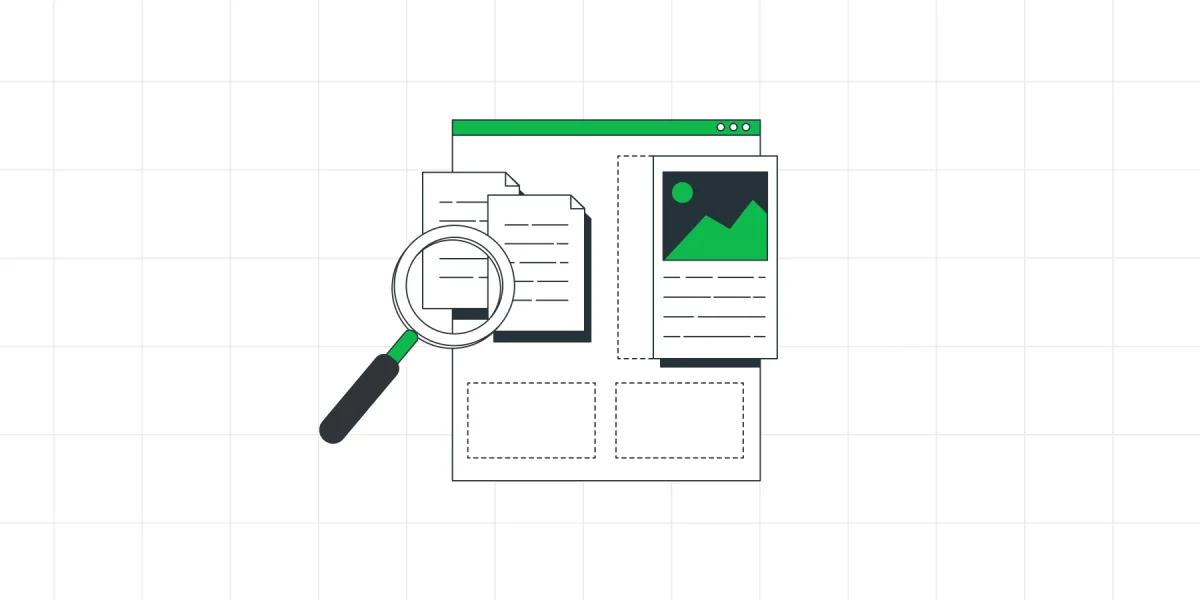
Content SEO involves optimizing your content to help it rank higher in search engine results. It’s concerned with creating valuable, engaging content for your audience that is also discoverable by search engines.
Here’s what makes content SEO essential:
- Importance of content SEO: Good content SEO ensures that as many people see your articles, blog posts, and videos as possible. When your content answers the questions people are asking, search engines like Google take notice and are more likely to rank your content higher.
- Cohesive content strategy: It’s about planning your content to meet your audience’s needs and search intent. It’s about understanding what your audience is looking for and providing them with answers and solutions through your content.
- Evergreen content and revamps: Evergreen content remains relevant and valuable over time, continually drawing in traffic. Revamping your content keeps it up-to-date, shows search engines that your website is active, and provides current information.
Find Out More About What is Content Marketing?
8) Mobile SEO

Mobile SEO concerns optimizing your website to ensure it offers an excellent experience on mobile devices. Given how many of us use our phones for almost everything, mobile SEO is very important.
Here’s everything about mobile SEO:
- Importance in a mobile-first world: Most people are likely to visit your website from their phones. If your website isn’t easy to use on the phone, people might leave and not come back. Google knows this, so it prefers websites that work well on mobile devices.
- Adapting to Google’s mobile-first indexing: Google looks at the mobile version of your website first when deciding how high to rank it in search results. This means your mobile site doesn’t just need to be good; it needs to be great.
- Seamless experience across devices: Your website should offer a smooth and enjoyable experience, whether someone is visiting from a phone, tablet, or computer. This includes fast loading times, easy navigation, and content that looks good on any screen size.
9) White-Hat SEO

White-hat SEO refers to using ethical and effective strategies that focus on a human audience instead of search engines. It’s all about playing by the rules and putting the quality and accessibility of your content first.
Here’s what white-hat SEO involves:
- Ethical SEO practices: White-hat SEO means doing SEO the right way. It involves techniques approved by search engines that improve user experience. This includes creating high-quality content, making your website easy to navigate, and ensuring it loads quickly.
- Adhering to search engine guidelines: Following the guidelines set by search engines like Google helps ensure your website won’t be penalized. These guidelines are in place to maintain the integrity of search results and provide the best possible experience for users.
- Long-term benefits: While looking for shortcuts to improve your website’s ranking might be tempting, white-hat SEO focuses on sustainable growth. It’s about building a solid foundation for your website that will continue to drive traffic and engage users over time.
While all the previously mentioned SEO techniques, from on-page to mobile SEO, adhere to white-hat principles when applied ethically, it’s crucial to emphasize white-hat SEO as a distinct category.
This emphasis is necessary due to black-hat and grey-hat SEO, which comprise unethical practices. By focusing on white-hat SEO, we advocate for strategies that ensure your website’s long-term success and credibility by aligning with search engine guidelines and prioritizing the user’s experience. Let’s learn about the dark side of SEO.
Also Read: Best Digital Marketing Tools [With Bonus AI Tools]
10) Black-Hat SEO, Grey-Hat SEO
When we talk about black-hat SEO, it’s about breaking the rules. Think of it as trying to trick search engines to get ahead quickly. It’s risky business.
There are various ways of doing it. Be it using invisible text or stuffing your content with too many keywords. Doing so might give you a short boost, but the consequences? Not worth it.
Google’s penalties can push your website far down the search results, ruining all your genuine work.
And then there’s grey-hat SEO, which includes the tactics that aren’t outright banned, but they’re bending the rules. You may be buying links or spinning articles just enough to look original. It’s like playing with fire, hoping not to get burned.
Both practices seem tempting, especially when you’re after quick wins. But for long-term success, these tricks are not worth it. More than compromising your website’s reputation and rankings, you will also fail to add value to your users.
In the long run, sticking to ethical, white-hat strategies is the only way to build a sustainable, credible online presence.
Also Explore: The Top 15 Most Important SEO Ranking Factors
Join GUVI’s Digital Marketing Course to kickstart your journey in this exciting field. Gain expertise in ChatGPT, WordPress, Meta Business Suite, Google Analytics, Youtube Analytics, Google Ads Manager, and more. Master essential skills in SEO, social media marketing, email marketing, content creation, and digital advertising tactics to excel in the Digital Marketing industry.
Alternatively, if you want to explore Marketing Research Techniques through a Self-paced course, try GUVI’s Marketing Research Techniques certification course.
Final Words
As we wrap up our exploration of the 10 types of SEO, it’s clear that these strategies remain essential for building a robust online presence. Digital trends change faster than ever, and keeping pace involves adapting these varied SEO techniques to your advantage.
Stick to white-hat SEO strategies that respect search engine guidelines and prioritize your audience’s experience. Doing so will ensure sustainable growth and increase trust with your audience.
If you find this blog post helpful, make sure to read our guide on how to learn digital marketing.
FAQs
Yes, you can integrate multiple SEO techniques simultaneously. However, you should prioritize based on your specific needs and goals for your website. You can start with foundational aspects like on-page and technical SEO, then expand to more specialized areas like local or international SEO.
SEO results can differ widely. In general, noticeable improvements may take 3 to 6 months. The time frame depends on factors like your website’s current state, competition, and the SEO strategies you implement.
Yes, SEO remains important for driving organic traffic and improving visibility on search engines. Social media is vital for engagement and brand awareness, but SEO helps capture users actively searching for your products or services.
You can manage basic SEO independently with the right resources and learning. However, hiring an SEO professional or agency might be more beneficial for more complex aspects or competitive industries to achieve the desired results.
Yes, keywords remain fundamental to SEO. They guide content creation and optimization. However, keyword stuffing is no longer appropriate, with the focus shifted toward user intent and the topic’s relevance.




















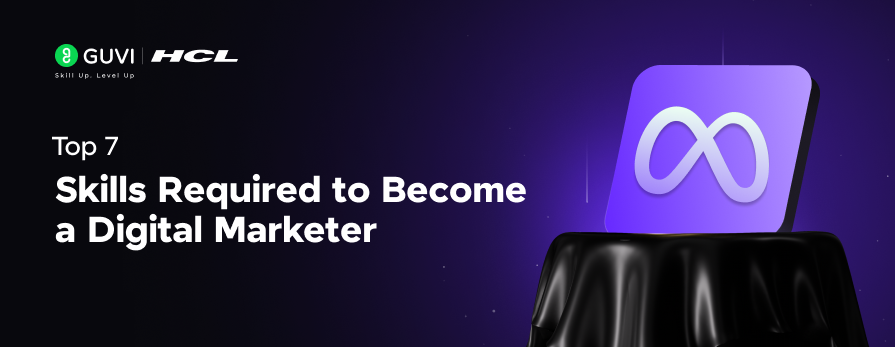
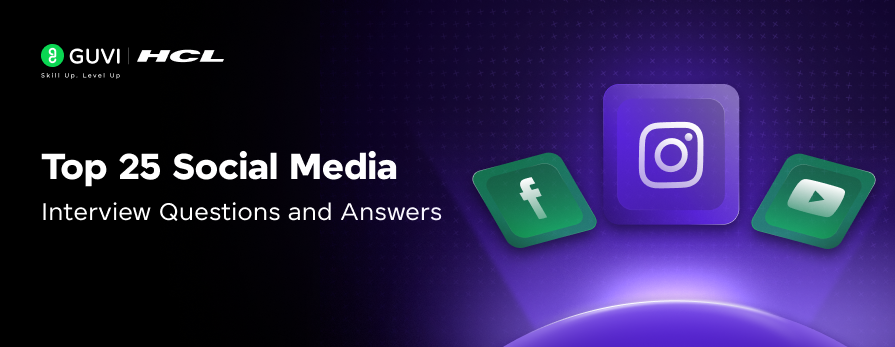
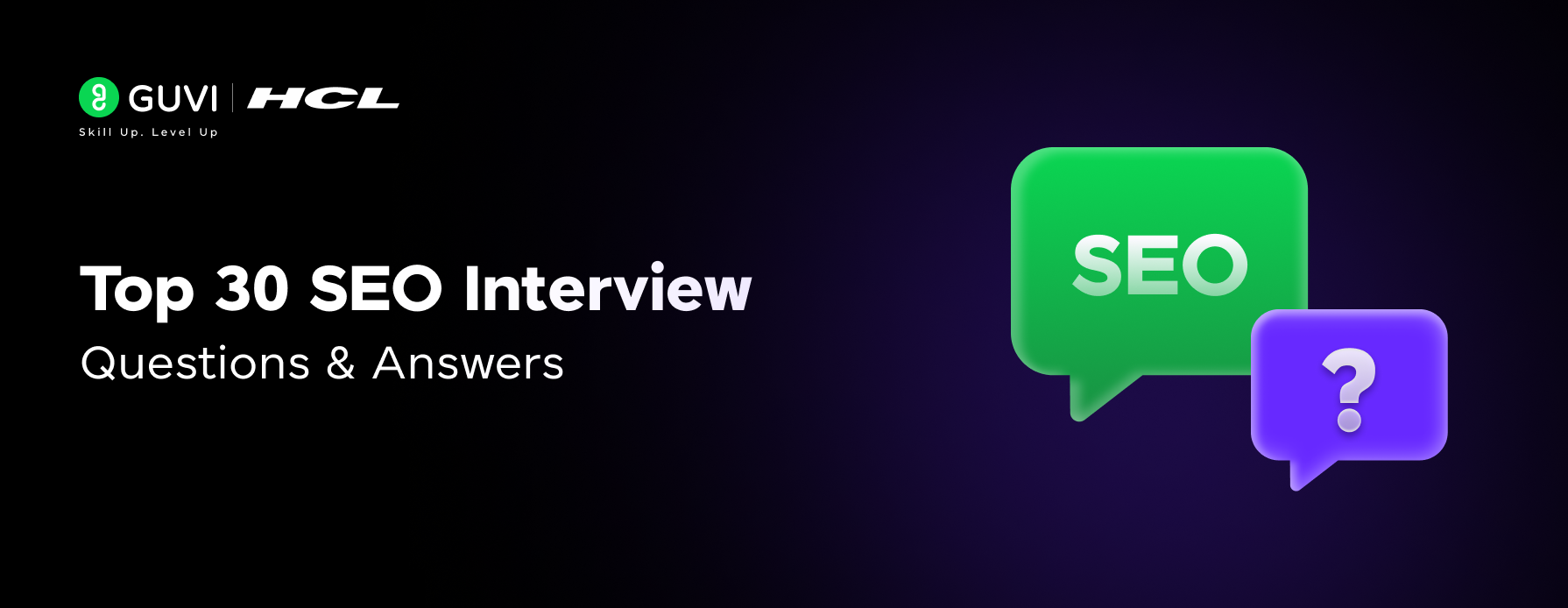

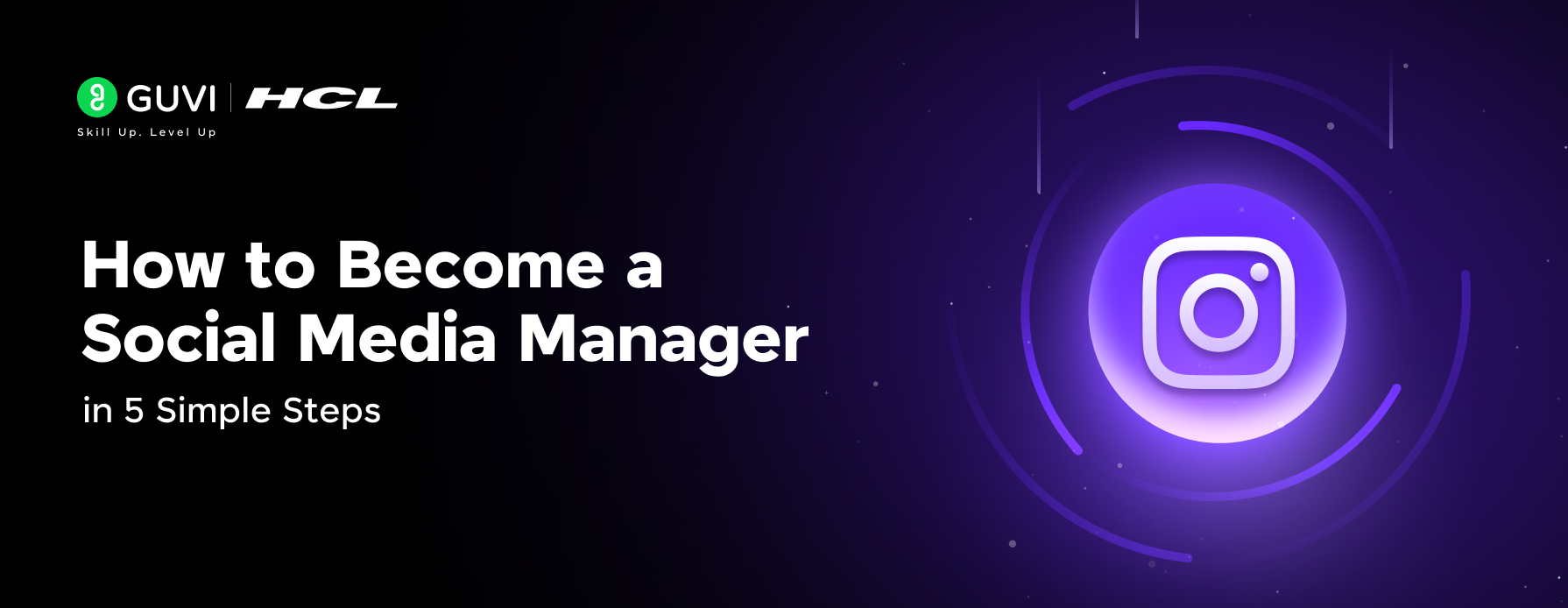
![How to Switch from Sales to Digital Marketing: A Beginner's Guide [2025] 17 sales to digital marketing](https://www.guvi.in/blog/wp-content/uploads/2025/01/How-to-switch-your-career-from-Sales-to-Digital-Marketing.png)
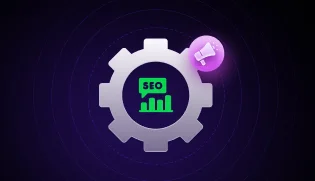



Did you enjoy this article?